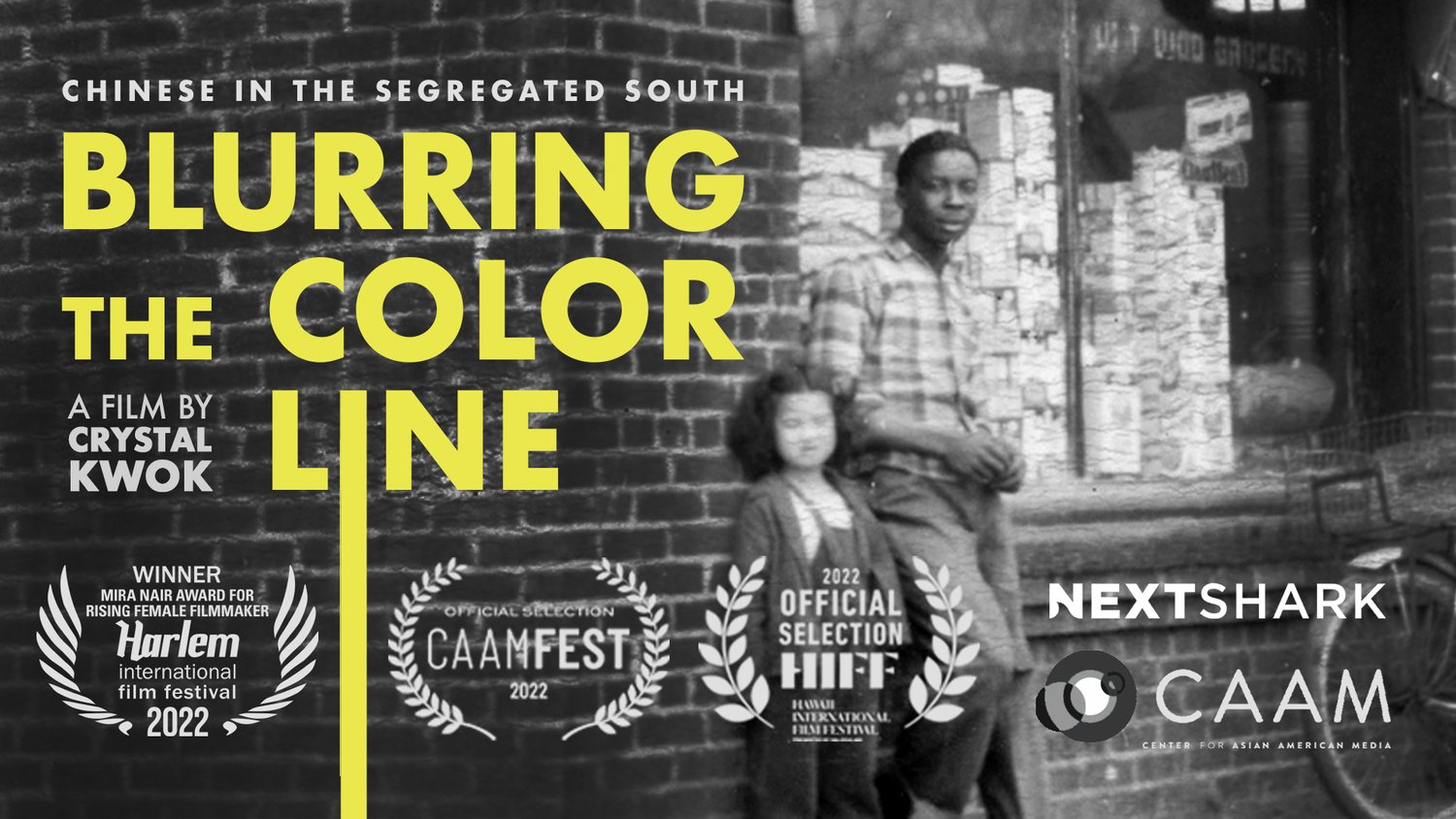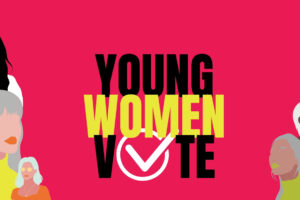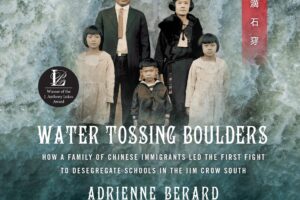Where did the Chinese sit on the bus during the era of Jim Crow segregation?
In the documentary, Blurring the Color Line, director Crystal Kwok tackles this question, unpacking her family’s history as grocery store owners in a predominantly Black neighborhood in Augusta, Georgia. Shedding light on this little-known part of American history, Kwok aims to bridge these two groups while confronting difficult conversations about race in Asian American communities.
Kwok’s grandmother Pearl, born in San Francisco Chinatown, moved to Augusta in 1927. Her parents were immigrants from southern China. Kwok tells the story of her family’s history through interviews with elders—her great aunts, members of the Black community in Augusta, and white members of the First Baptist Church—as well as her children and cousin’s children.
During the Jim Crow South, the Chinese occupied a sort of middle ground where they had more autonomy over their economic outcomes than Black Americans, yet still had less social power than whites. In an interview with Joyce Law, historian of the Lucy Craft Laney Museum of Black History, she described the “socioeconomic glass ceiling” inflicted upon the Chinese. The Chinese could have opportunities, as long as they did not threaten the racialized power structure.
Given their placement in the social hierarchy, the Chinese typically lived in Black neighborhoods. As a result, Chinese American businesses, such as grocery stores, would open in these neighborhoods and largely cater towards Black customers, filling a gap in the economy after plantation commissaries closed. Kwok notes that in 1935, Augusta, GA alone had 46 Chinese-run grocery stores. However, this era of Chinese-owned grocery stores drastically changed after the Augusta Riots in the 1970s. The Augusta Riots, the largest urban riot in Georgia during the Civil Rights Movement, were instigated by frustrated black community members still impacted by the effects of segregation: most notably, the murder of a young black boy in prison. As a result, many businesses (both white and Chinese) were burned down in the wake of the rioters. In the documentary, it was also stated that buildings marked with “Me Soul Brother,” indicating a non-white owner, would be spared from destruction. At least one Chinese store owner, known for treating Black customers favorably, had their business spared.
While some interviewees reminisced of the relationship between the Chinese and the Black community as “mutually beneficial,” Kwok reminds the audience of the existing racial tensions that existed between the white, Black and Asian communities. In the documentary, we see a striking interplay of colorism and racism between Black and Asian communities within Kwok’s own family: one of her relatives was married to a Black man from Mississippi. Kwok notes how members of her family were uncomfortable with this interracial relationship and how prejudice continued to affect those family members. When Kwok interviewed these family members about the racism they experienced from their own grandparents, one of the interviewees remembered that their parents would encourage them to speak Chinese so they would not turn “hak gwai” (slang in Chinese meaning black ghost).
Kwok encourages the audience to confront ideas of anti-Blackness and how Asian groups contributed to, and continue to perpetuate, these sentiments. These instances of racism are not isolated to specific families or groups, but represent a larger structure of anti-Blackness and racism at work. Kwok posits the following questions to the audience:
Why do some Asians have a hard time in Black spaces?
Is it because of our alleged proximity to whiteness?
Did keeping a distance from Black people mean it was easier to turn a blind eye to their oppression?
Are Chinese Americans supposed to be grateful they weren’t treated like Black people?
While these questions are challenging to answer, we highlight them to consider how we can address anti-Blackness within Asian communities and stop letting these divisions between varying communities continue. Moreover, we should interrogate why these supposedly normalized phrases like hak gwai continue to be said when we recognize they are harmful to the Black community.
For us, this documentary reminds us of how Asian communities contribute to structures of anti-Blackness through metrics like the model minority myth and white supremacy. Due to these myths, Asian immigrants were positioned as “hard” workers that supposedly “earned” their right to be here. This damaging and incorrect rhetoric comes at the expense of other marginalized groups marking them as “undeserving.” Regarding the grocery store dynamic during the 1930s, while the Chinese could not truly assimilate into white spaces and got treated as junior partners to white people, they still felt like they were above African American people. In the film, Kwok documents various instances of mistreatment of Black workers and customers by Chinese grocery store owners.
Blurring the Color Line highlights that these structures of anti-Blackness are still present within Asian American communities and that these issues need to be actively unlearned and discussed. Some Asian-owned businesses, such as nail salons or beauty product stores, often profit and rely off of the African American community, while still displaying discriminatory practices.
As two Asian Americans who have roots in the South, we question why Asian communities feel comfortable in our tangential proximity to whiteness when we know that we’ll never be truly accepted by these communities. Moreover, we question why it is the impulse to keep a distance from instances of racial violence and anti-Blackness when we know what it is like to be oppressed by structural racism.
We hope that greater awareness of our shared history, underscoring points of kinship and tension between African American and Asian American communities, will generate meaningful conversations about race, privilege, and solidarity. It is only through community and coalition-building that we will bring about progress in the fight for racial justice.
_____________________________________________________________
Amanda Young is an intern at the 1882 Foundation. She is a rising junior at Washington University in St. Louis majoring in History and Educational Studies and minoring in American Culture Studies. She is interested in Asian American and educational history and hopes to pursue a Ph.D. upon graduation.
Hannah Ku is an intern at the 1882 Foundation. She is a master’s student studying Asian American history, public history methodology, and critical adoption studies at the University of Massachusetts, Amherst. She graduated from the University of Pittsburgh with a BA in History, a minor in Chinese, and a certificate in East Asian Studies.




